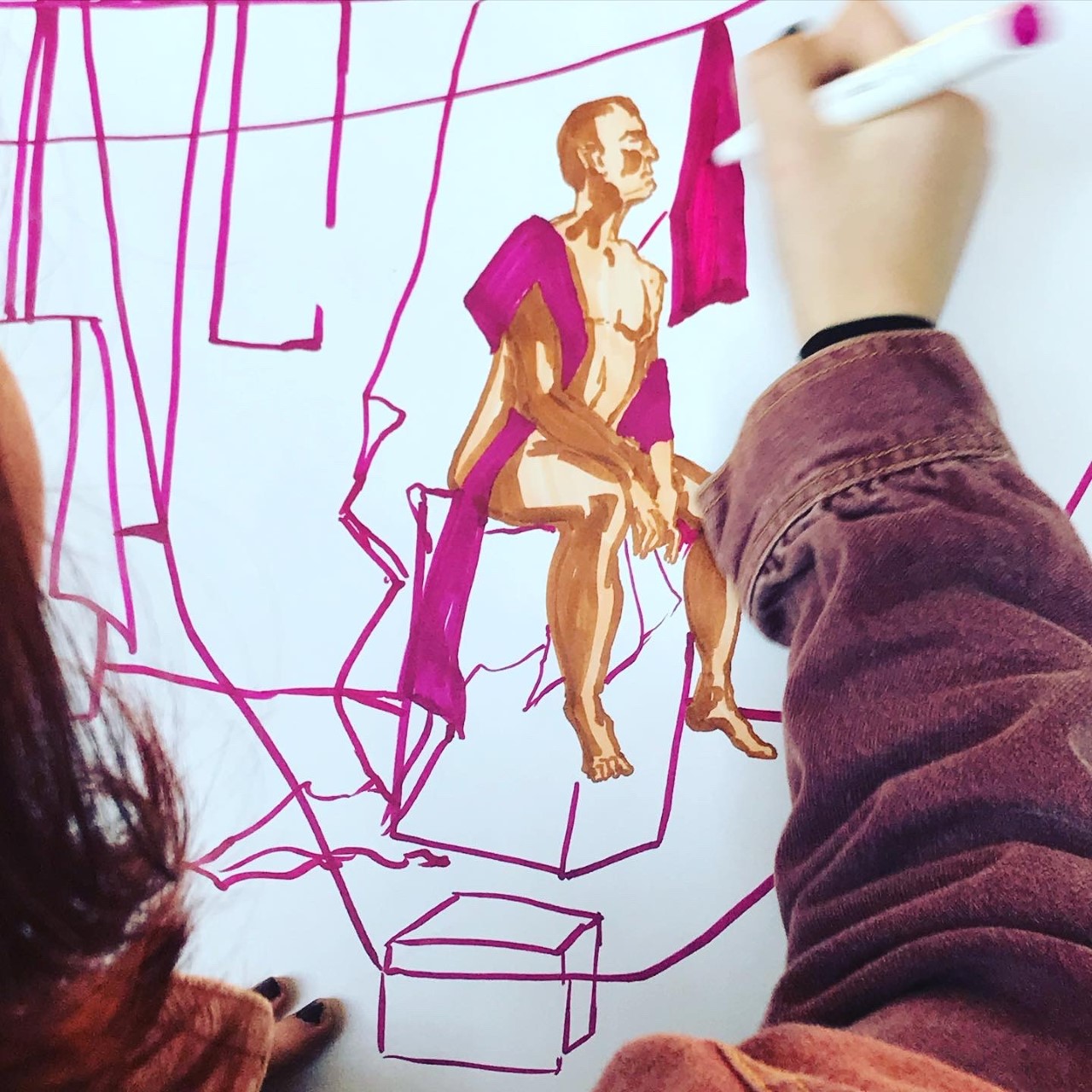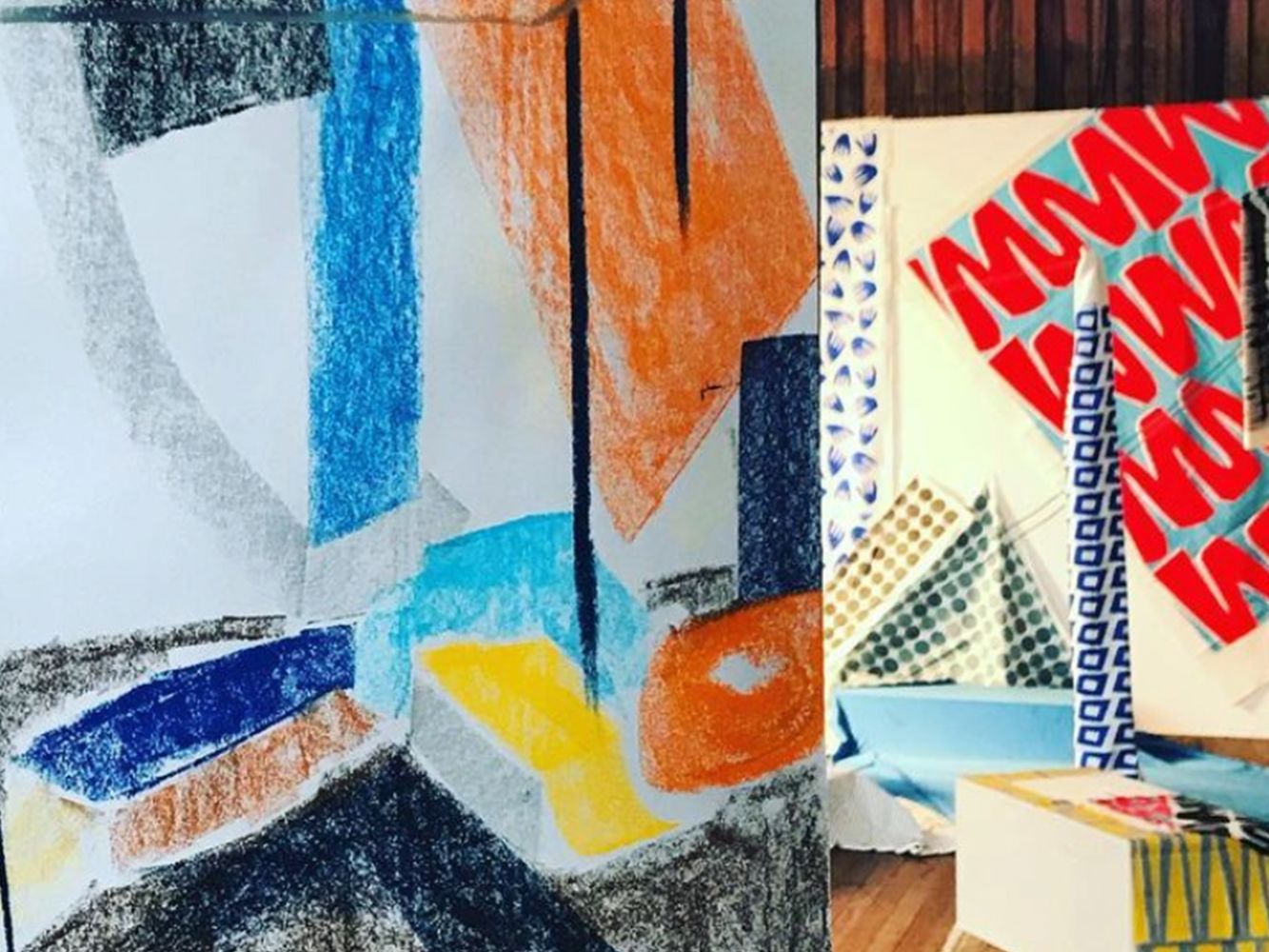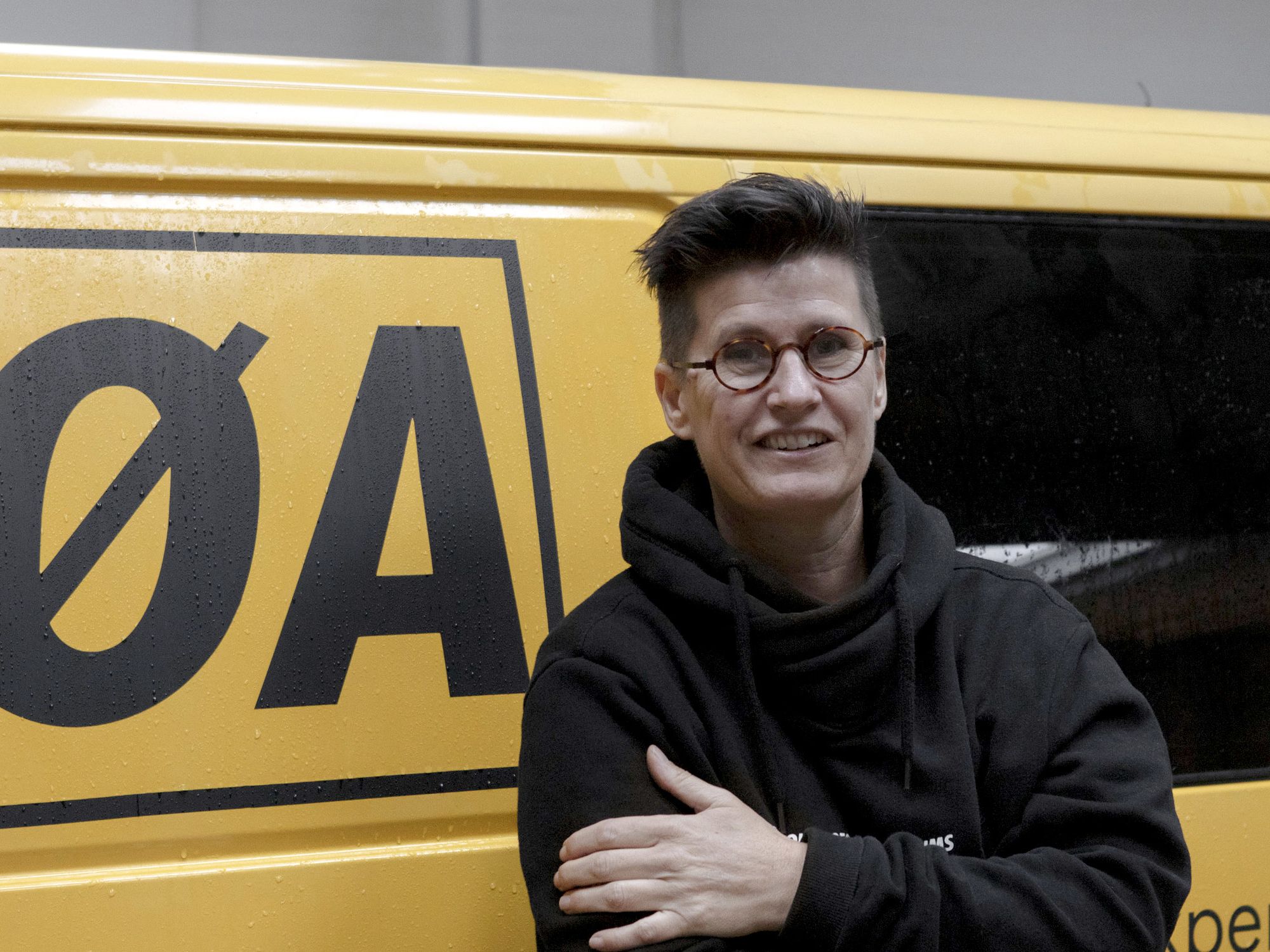In preparation for A spotlight on Foundation Diploma in Art and Design on 11 Feb, we asked panel members Xaviere Hughes and Claire Burgoyne, Foundation Diploma in Art and Design Course Leader and Lecturer at Hereford College of Arts, some questions about the importance of this qualification and why they enjoy delivering it. Find out more in the Q&A below.
This spotlight session has been designed for centres that do not currently run the Level 3 and 4 Foundation Diploma in Art and Design but are interested in delivering it. It is also part of our Teach Inspire Create programme of digital events in 2021.
You can book on to the session by following the button below and emailing approvals.awarding@arts.ac.uk to register your interest.
As a tutor of Foundation Art and Design, what do you enjoy about delivering this qualification and in what ways does it allow you to explore your role as an educator?
I believe that the Foundation Diploma is a unique educational experience. The course, which is relatively short but very intensive, offers the opportunity for students to be thrown into a world of creative application. This immersive experience of rigorous creativity is a genuine pleasure to be a part of. The progress the students make, the confidence they develop, the obstacles they overcome and the ambition they gain is also a joy to be a part of.
– Xaviere Hughes, Foundation Diploma in Art and Design Course Leader
I like supporting students that start the course not knowing where the year will take them, encouraging them to develop their individuality by listening and questioning their approach in order to help them find their way. This experience pushes me out of my comfort zone, enabling me to reflect on my own approach and adapt to best suit the student’s needs.
– Claire Burgoyne, Foundation Diploma in Art and Design Lecturer
What are the benefits of studying Foundation Art and Design for students?
The benefits are enormous and are not limited to a particular kind of student. We work with students who are confident in their discipline and are committed to getting a place at a top arts university, students who are not sure which area of creative practice to go into, students who have secured places at university to undertake a non-arts subjects (medicine, anthropology, Russian) and are using Foundation as a creative gap year, and mature students who are returning to education, sometimes after a lifetime career. This mix of students makes for a rich and exciting dialogue; students gain an understanding of themselves, what they believe in, what they value and what they want to take forward into the world.
– Xaviere Hughes
It encourages students to open their minds to new ways of seeing and thinking. They can try new processes and techniques and begin to constructively understand their work. It also gives them the opportunity to discover what they enjoy and learn how to investigate and explore it further.
– Claire Burgoyne
What is the most important teaching and learning that takes place on a foundation course?
All of our teaching is important. We have a drawing day each week on the Foundation Diploma Course at Hereford College of Arts, starting in the first week with diagnostic drawing sessions looking at line, scale, volume, form etc. and followed by 14 weeks of life drawing. Not all students start the drawing process with confidence – many students are anxious about their ability and nervous to share their work. However, by the end of the drawing sessions, the students have found a new way to communicate, exploring mark making and image making with a range of media, and a personal visual language that informs their work and understanding.
– Xaviere Hughes
Students learn how to recognise themselves in a wider context, challenge themselves and their work and be original and outward-looking.
– Claire Burgoyne
How does Foundation Art and Design prepare students for the next stage of education and life in the creative industries?
The course allows students to take risks and be brave with their creative practice. We bombard the students with information, encourage enquiry and questioning, ask them to explore, experiment and play, but also to stop, think, reflect, evaluate, refine and consolidate. Conversation about student work, as well as that of artists and designers, is important, but just as important is finding a personal voice and an individual response to a range of projects and topics. The confidence and ability to share findings that students gain is an invaluable life skill. The journey of each student is unique and intensely personal to them. The difference that we see in the students from the day they start to the day they complete their Foundation Diploma is astonishing, and it is a privilege to play a part in such a significant period of the student’s creative process.
– Xaviere Hughes
Throughout the course students have time to recognise their strengths and weaknesses and find strategies that work for them. They gain work experience by responding to briefs, working within rigid timeframes and responding to constructive criticism from peer discussions or client feedback. They take responsibility for building a course that suits them, within the boundaries of the course structure. We encourage the students to be curious and bold in their pursuit of individual ideas that are important to them.
– Claire Burgoyne
To register for the Spotlight on Foundation Diploma in Art and Design event, please email approvals.awarding@arts.ac.uk.










